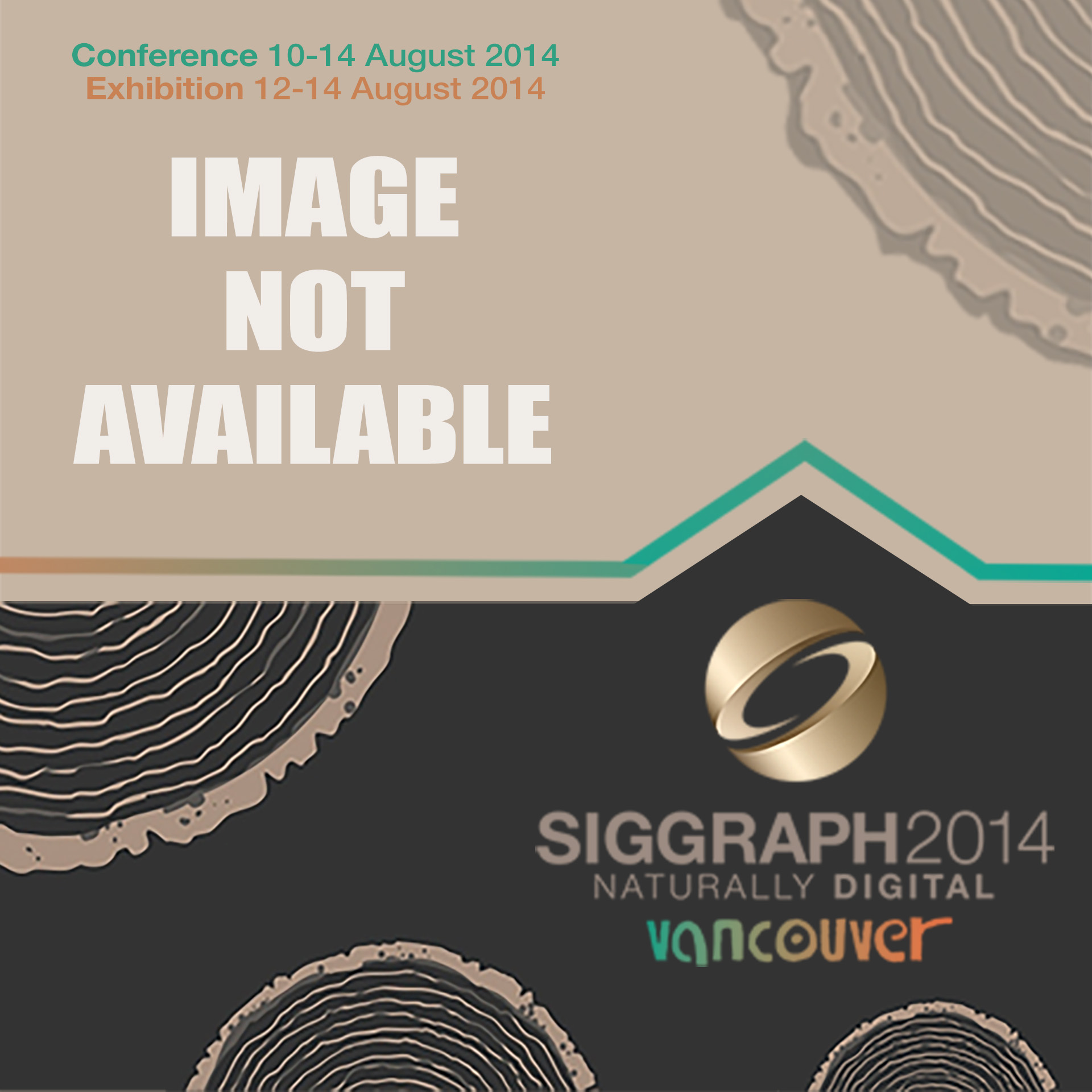“Creature:Interactions: A Social Mixed-Reality Playspace” by Bluff and Johnston
Conference:
Type(s):
Title:
- Creature:Interactions: A Social Mixed-Reality Playspace
Presenter(s)/Author(s):
Abstract:
This paper discusses Creature:Interactions (2015), a large-scale mixed-reality artwork created by the authors that incorporates immersive 360° stereoscopic visuals, interactive technology, and live actor facilitation. The work uses physical simulations to promote an expressive full-bodied interaction as children explore the landscapes and creatures of Ethel C. Pedley’s ecologically focused children’s novel, Dot and the Kangaroo. The immersive visuals provide a social playspace for up to 90 people and have produced “phantom” sensations of temperature and touch in certain participants.
References:
1. Stalker Theatre, Creature:Dot and the Kangaroo (2015), <http://www.stalker.com.au/creature>.
2. E. Pedley, Dot and the Kangaroo (New York: HarperCollins Publishers, 2014).
3. E. Edmonds, “The art of interaction,” Digital Creativity 21, No. 4, 257–264 (2010).
4. D. Rokeby, “The construction of experience: Interface as content” in C. Dodsworth Jr., ed., Digital Illusion: Entertaining the Future with High Technology (Boston: Addision-Wesley Professional, 1998) pp. 27–48.
5. G. Levin and Z. Lieberman, Messa di Voce (2003), <http://www.flong.com/projects/messa/>.
6. teamLab, Story of the forest (2016), <http://www.team-lab.net/w/story-of-the-forest>.
7. Design I/O, ConnectedWorlds (2015), <http://design-io.com/projects/ ConnectedWorlds>.
8. Stalker Theatre, Encoded (2015), <http://www.stalker.com.au/encoded>.
9. A. Hunt, M.M. Wanderley, and M. Paradis, “The Importance of Parameter Mapping in Electronic Instrument Design,” Journal of New Music Research 32, No. 4, 429–440 (2003).
10. A. Momeni and C. Henry, “Dynamic Independent Mapping Layers for Concurrent Control of Audio and Video Synthesis,” Computer Music Journal 30, No. 1, 49–66 (2006).
11. D. Wessel and M. Wright, “Problems and Prospects for Intimate Musical Control of Computers,” Computer Music Journal 26, No. 3, 11–22 (2002).
12. C. Cadoz, A. Luciani, and J.L. Florens, “Responsive input devices and sound synthesis by simulation of instrumental mechanisms: The cordis system,” Computer Music Journal 8, No. 3, 60–73 (1984).
13. A. Johnston, “Fluid simulation as full body audio-visual instrument,” Proceedings of the conference on New Interfaces for Musical Expressions, p. 132 (2013).
14. C. Cruz-Neira, D.J. Sandin, and T.A. DeFanti, “Surround-screen projection-based virtual reality: the design and implementation of the cave,” Proceedings of the 20th annual conference on Computer Graphics and Interactive Techniques, pp. 135–142.
15. A. Simon, R.C. Smith, and R.R. Pawlicki, “Omnistereo for panoramic virtual environment display systems,” Virtual Reality, Proceedings, IEEE, pp. 67–279 (2004).
16. V.S. Ramachandran and W. Hirstein, “The perception of phantom limbs. The DO Hebb lecture,” Brain 121, No. 9, 1603–1630 (1998).





